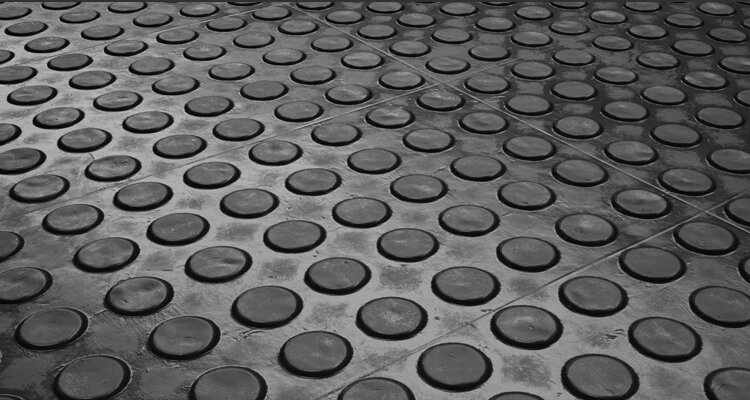A Comprehensive Guide to PVC Mats: Your Durable and Versatile Flooring Solution

Rubber Floor: Good Points About Rubber Floors
Widely used in traffic areas, the rubber floor or rubber floor guarantees safety in places where there is a pedestrian transition. Considered an ecologically correct product, it is widely used by people who care about the environment but do not want to give up quality material.
Produced from rubber and in recycling processes from the reuse of tires are being increasingly sought after also in residential and office environments. Rubber floors are made of non-toxic material, so they can be used inside homes, showing total acceptance.
Because it is anti-allergic, many people choose to install rubber flooring in order to reduce the incidence of fungi and mites that may settle in the environment.
For people who suffer from allergies, respiratory diseases such as asthma, and others, it is an excellent choice, as the rubber floor will be an auxiliary element in combating them.
Rubberized flooring is a type of coverage available in different formats (blanket, rug, or plates) and types (smooth, button, tablet, crimped, corrugated and ribbed). It can be installed on the subfloor or on any other type of floor, with the exception of wood.
The wood as a function of exchanging moisture with the environment cannot be maintained when it is necessary to install another floor over it.
The rubber floor provides greater stability and thermal comfort when compared to other types of floors, such as wooden floors.
One of the disadvantages of rubber floors is that they cannot be washed with water and their plastic look is not so aesthetically pleasing. For cleaning, it is recommended at most a damp cloth and neutral soap.
As it has no pores and does not allow absorption of the material, it does not produce or rather does not allow fungi and bacteria to proliferate.
Rubber flooring that can be used outdoors can replace stones, bricks, or cement, especially in environments like the one above, where children play and circulate frequently. In addition to a more cheerful look, it also ensures safety for the little ones.
Good points about the rubber floor:
- Tough, durable, insulating, non-slip, comfortable, safe, and easy to maintain.
Where rubber flooring can be applied:
- In your house: bedroom, living room, hallways, stairs, around the pool (in this case it cannot be smooth)
- In other environments: Hotels, hospitals, buildings, cinemas, theaters, industries, offices, shops, schools, supermarkets, shopping malls, and subway stations.
Rubber floor care:
- For cleaning, preferably use a broom with fur or well-twisted damp cloths.
- Never use products based on petroleum derivatives.
- If it is extremely necessary, use diluted soaps or neutral detergents.
Tips:
In maintenance, in order to better preserve the rubber floor, apply liquid acrylic-based wax. The wax, after drying, results in a hard and resistant film, which allows for simpler and more routine maintenance.
The rubber floor can also be used in cold regions. If you choose the rubber floor and want even more comfort, especially on cold days, choose to install the heated floor together with the rubber floor.
The heated floor is a technological solution installed under the type of floor chosen by you, through heating cables, which allow the homogeneous heating of the entire environment.
With the use of underfloor heating, you will never have to worry about humidity again.
Want to know the other types of floors?
Access the posts we have prepared for you about warm floors and cold floors. You will find more than 20 posts specially written for you to understand a little more about porcelain, ceramics, techno-cement, and others.
This Post Has 0 Comments